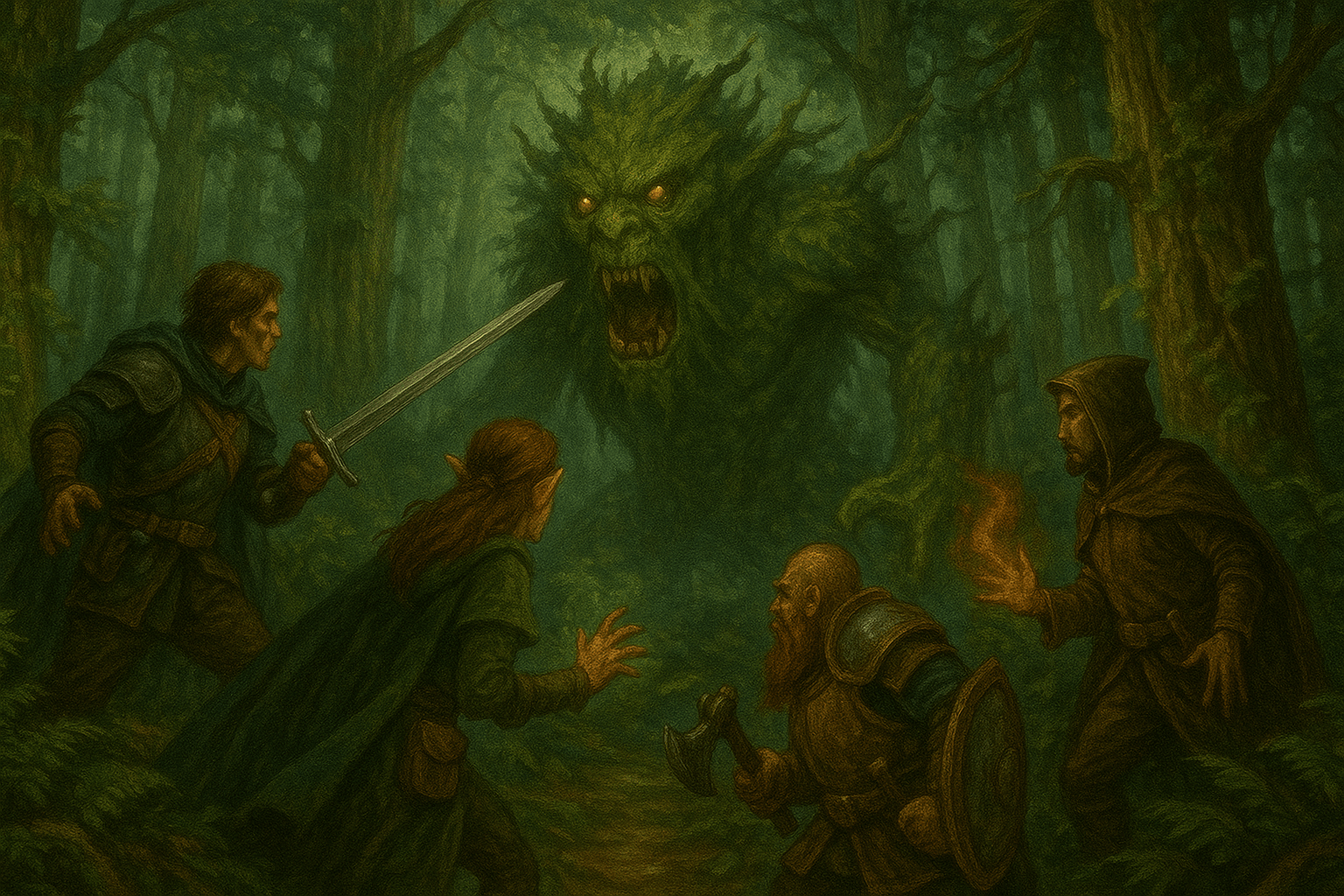
D&D Forest Encounters: Wild Adventures and Mystical Dangers in 5e

The forest is a classic backdrop for adventure in Dungeons & Dragons 5e, a place where ancient magic lingers, beasts stalk the undergrowth, and secrets lie buried beneath roots and moss. Whether you’re exploring an enchanted grove, navigating dense jungle, or hiding in the shadow of elven ruins, D&D forest encounters are a great way to add tension, wonder, and flavor to your campaign.
In this guide, we’ll explore how to craft memorable forest encounters, highlight thematic creatures and hazards, and offer DMs and players practical tips to make every woodland scene rich with storytelling and danger.
Why Forest Encounters Matter in D&D 5e
Forests offer a balance of mystery, danger, and atmosphere that few other settings match. Unlike cities or dungeons, forests shift with weather, time, and the natural world. A peaceful grove can quickly become a battlefield or a place of fey mischief.
From thick canopies that block vision to vines hiding deadly traps, D&D forest encounters test survival instincts, perception, and creativity, not just brute force. These encounters are about atmosphere as much as they are about combat, and they keep players engaged on multiple levels.
When players know that danger could emerge from every shadow, the dice rolls take on extra tension. That’s where having your own polyhedral dice set can turn each roll into a ritual, adding to the drama of the moment.
Types of Forests to Inspire Your Encounters
Before building an encounter, think about what kind of forest your party is exploring. Each one evokes different dangers and themes:
- Ancient Forest – Home to awakened trees, dryads, and forgotten temples.
- Dark Woods – Shadowy, corrupted by evil; think blights, banshees, and necrotic energy.
- Mystic Grove – Touched by the Feywild; illusion magic, trickster creatures, or time anomalies.
- Jungle or Rainforest – Dense, wet, teeming with life, and predators.
- Temperate Woods – Classic medieval fantasy forests, great for bandits, beasts, and druidic circles.
20% Off All Dice with RUNIC20
Each forest type can inspire players to roleplay differently. A Mystic Grove might invite more negotiation with strange beings, while Dark Woods are places of fear and survival. Choosing the right dice can even help set the tone, handmade dice with natural swirls or gemstone dice carved from green or brown tones fit perfectly for woodland campaigns.
D&D Forest Encounter Ideas (CR 1–15+)
Here are some forest encounter ideas broken down by difficulty level. These can be dropped into any wilderness session, side quest, or travel day.
Low-Level (CR 1–5)
- Goblin Ambush: Hidden in trees and brambles, goblins pelt arrows and flee using forest terrain to their advantage.
- Blight Bloom: A patch of corrupted shrubs and twig blights attacks when players investigate a withering tree.
- Fey Prank: Pixies cast confusion, steal gear, or trick the party into chasing illusions.
- Wounded Beast: A dire wolf lies injured, does the party help or does it attack when provoked?
Mid-Level (CR 6–10)
- Hag’s Domain: A green hag uses illusions and local wildlife to disorient the party before revealing herself.
- Treant’s Trial: A treant guards a sacred grove and demands a challenge of wisdom or combat.
- Bandit Camp: Hidden deep in the forest, the party must sneak in or fight their way through to recover stolen goods.
- Swarm Attack: Insects, poisonous snakes, or a murder of crows descend from the canopy.
High-Level (CR 11–15+)
- Ancient Green Dragon: The master of the forest, lurking with lair actions and poisoned breath.
- Fey Court Envoy: Eladrin or fey nobles confront the party, demanding tribute, or issuing an invitation to the Feywild.
- Corrupted World Tree: A demonic force seeps into the forest, warping plants into monsters.
- Time Loop Grove: The forest resets daily, players must uncover a curse tied to a forgotten druid’s ritual.
Every one of these encounters comes alive when dice hit the table. Rolling multiple D20s with a polished metal dice set can make the tension of a dragon fight feel heavier, while a glowing resin dice set can match the mischief of Fey encounters.
Best Forest Creatures in 5e
Here’s a mix of classic and thematic monsters perfect for D&D forest encounters:
| Creature | CR | Why It Works in Forests |
| Wolf/Dire Wolf | 1/2–1 | Pack tactics and stealthy hunting |
| Twig/Needle/Blight | 1/8–1 | Camouflaged ambushers, corrupted flora |
| Green Hag | 3 | Illusionist villain, forest manipulation |
| Treant | 9 | Massive, ancient guardian of the woods |
| Unicorn | 5 | Mystical guardian or ally in enchanted glades |
| Will-o’-Wisp | 2 | Haunts misty swamps, deceives adventurers |
| Pixie/Sprite | 1/4 | Tricky, magical nuisances or guides |
| Ancient Green Dragon | 22 | Ultimate forest apex predator |
Forest Hazards and Terrain Effects
Make your forest encounters more engaging with environmental effects:
- Thick Undergrowth: Movement halved unless flying or climbing
- Heavy Fog: Disadvantage on ranged attacks and Perception checks
- Slippery Moss and Roots: Dex saves to avoid falling
- Falling Branches: Random bludgeoning damage or Dexterity saves
- Spore Clouds: Constitution save or suffer poison or confusion
These subtle features make even low-level monsters more dangerous and memorable.
Roleplaying Forest Exploration
Encounters don’t always mean combat. Here are non-combat forest scenes to add flavor:
- Mysterious Music: A haunting melody leads the party to a hidden glade, or trap.
- Talking Animals: A druidic effect or fey magic lets animals warn the party of danger.
- Spirit of the Forest: An NPC guardian demands the party prove their intentions.
- Living Grove: Trees subtly shift at night, moving paths and hiding clues.
Adding mystery, lore, and ambience makes your forest feel alive. Encourage players to use their dice not only for combat but also for storytelling moments like persuasion, nature checks, and insight rolls. A special dnd dice set can add flair to these roleplay-heavy encounters.
Tips for Running Forest Encounters
For DMs:
- Layer tension: Use sounds, smells, and partial glimpses of danger before springing a trap.
- Mix encounter types: Alternate between combat, exploration, and social encounters.
- Let players shape the forest: Druid spells like Entangle or Speak with Animals can open fun options.
For Players:
- Use terrain to your advantage, climb trees, dig into roots, or scout ahead.
- Prepare for poison, disease, and stealthy ambushes, Antitoxin and Perception checks go a long way.
- Think thematically, forest gear, animal companions, and nature spells can really shine.
Bringing the right dice also matters. Players often dedicate specific polyhedral dice sets for different characters or campaigns. Using earthy-colored gemstone dice for a druid or bright green resin dice for a ranger can heighten immersion.
Conclusion: Embrace the Wilderness
Whether you're battling corrupted flora or navigating enchanted glades, D&D forest encounters offer the perfect mix of mystery and mayhem. With rich terrain, ambient danger, and countless creatures to encounter, the forest is a canvas for storytelling and tactical gameplay alike.
What’s your most memorable forest encounter? Tell us your favorite wild moment in the comments below.
And if you’re ready to make your next wilderness adventure even more memorable, explore our collection of DND dice sets at Runic Dice. From glowing resin dice to gemstone dice with natural patterns and heavy metal dice for epic boss fights, the right dice set adds magic to every encounter.
May your journeys through the forest be filled with wonder, and may your dice rolls always land in your favor.




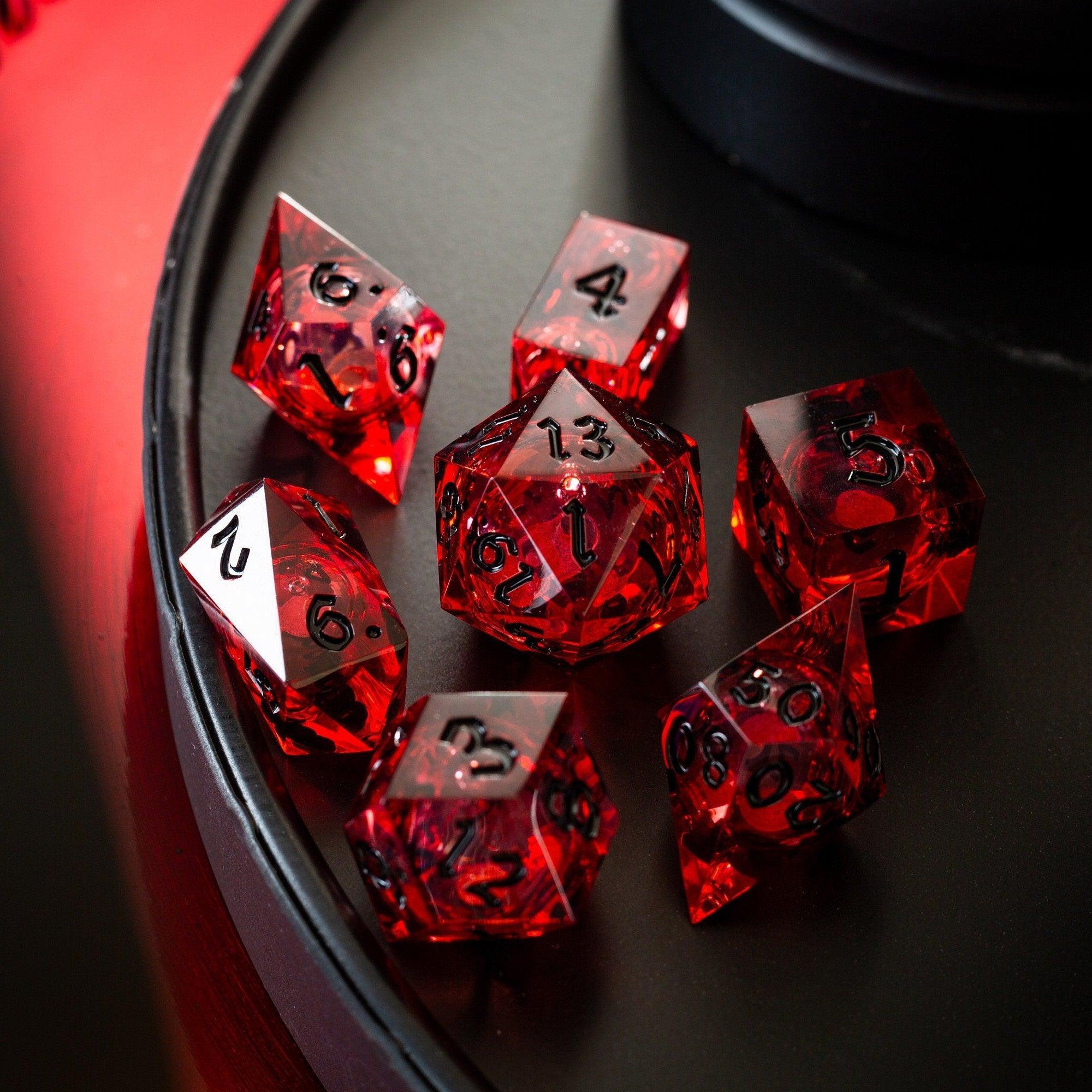


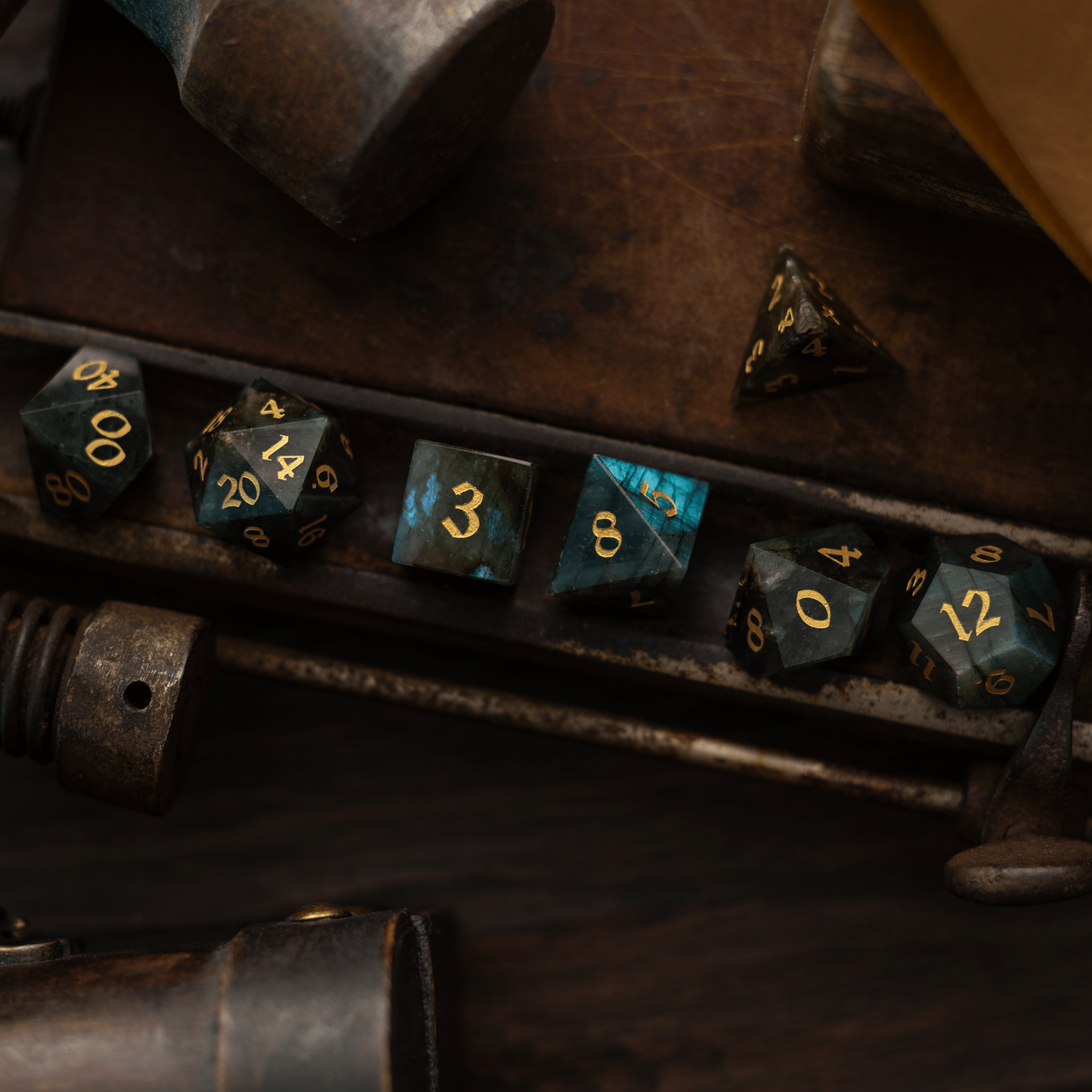
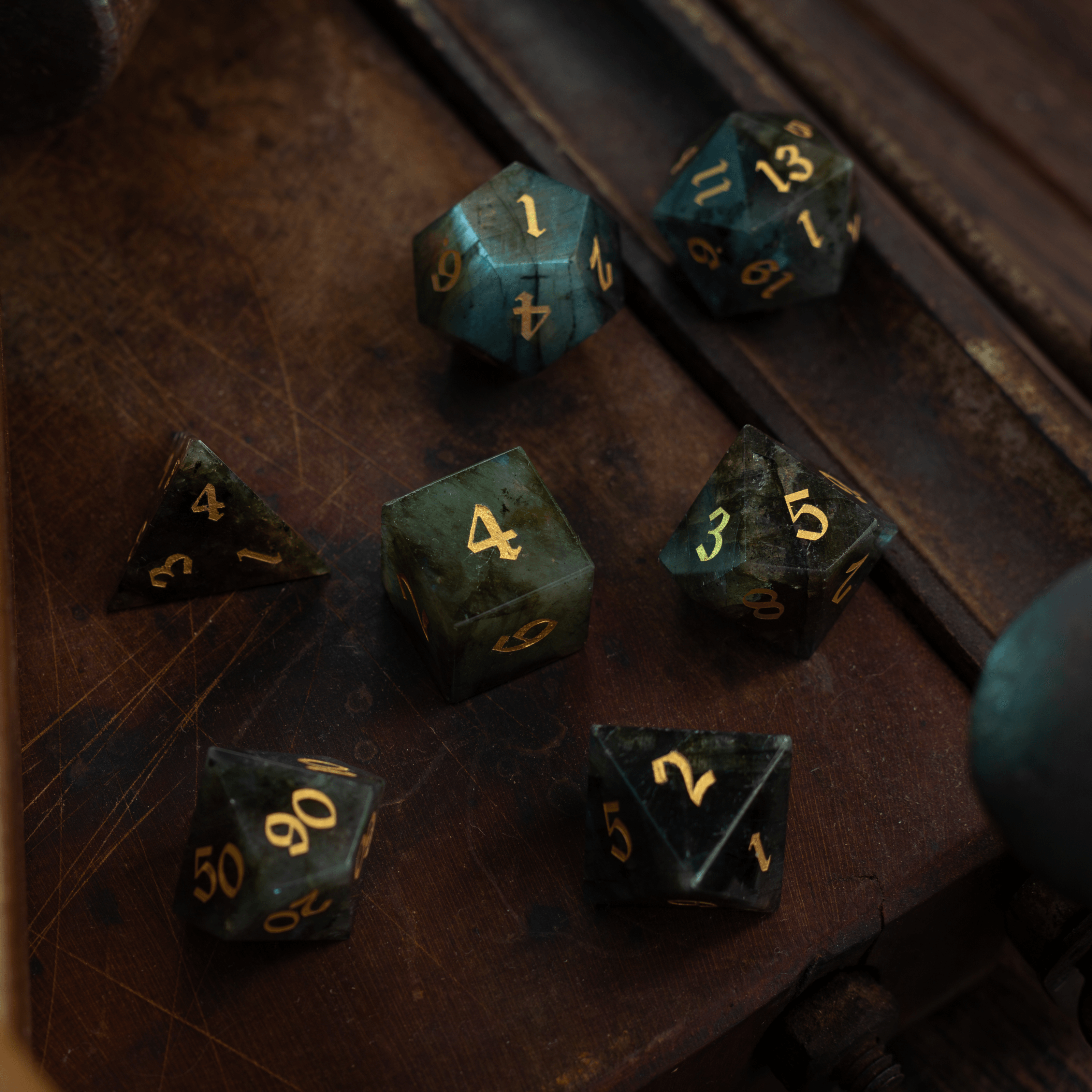




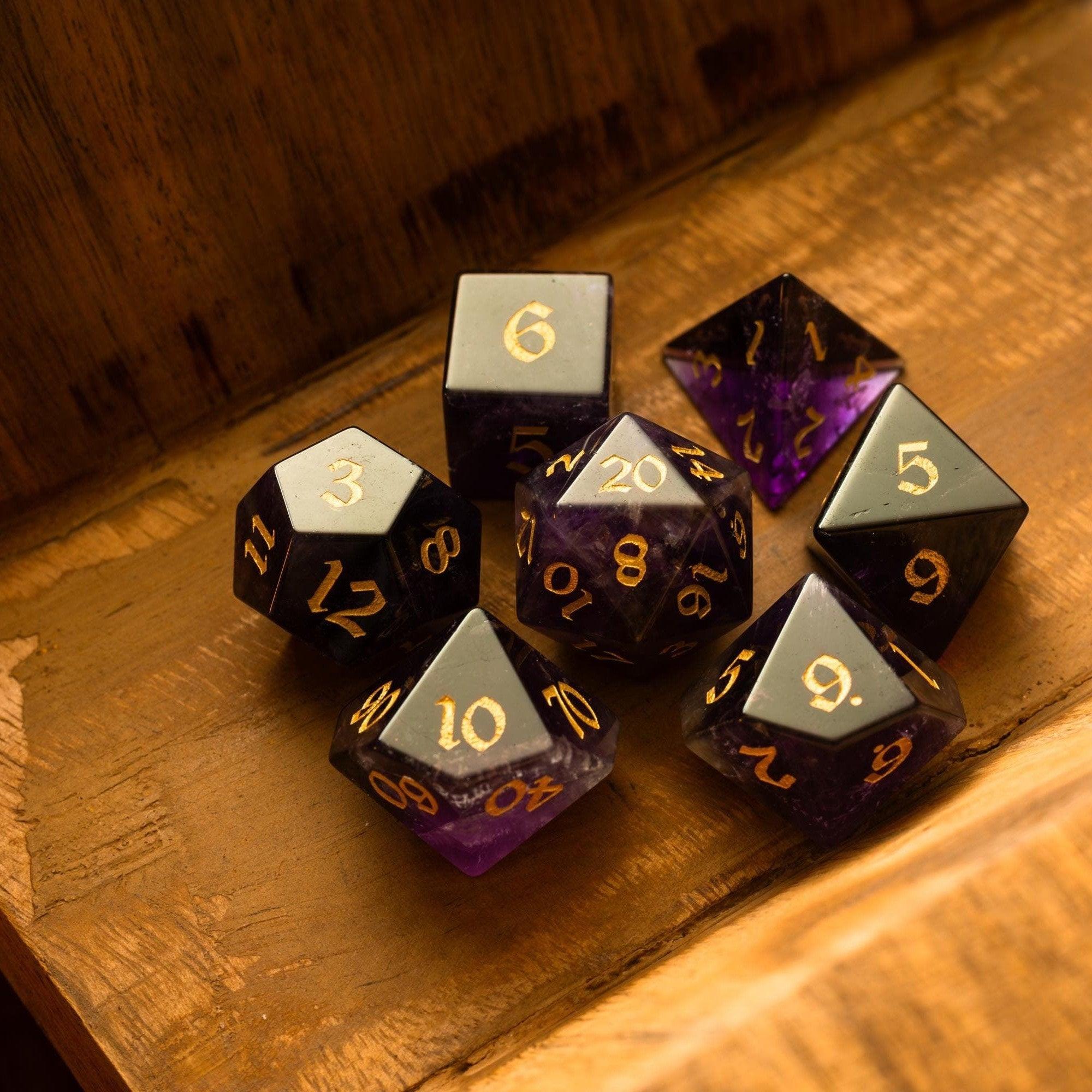
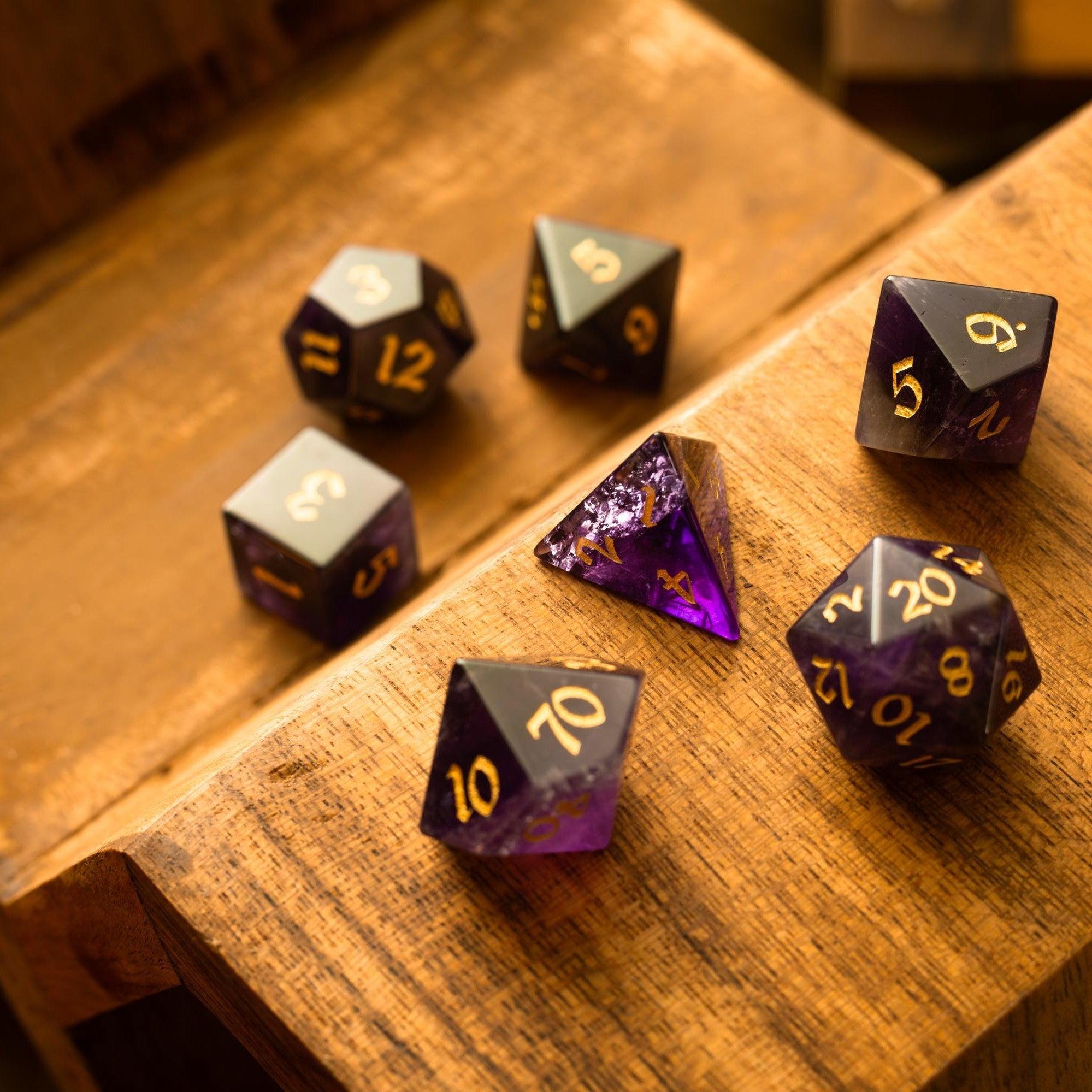


Leave a comment
This site is protected by hCaptcha and the hCaptcha Privacy Policy and Terms of Service apply.